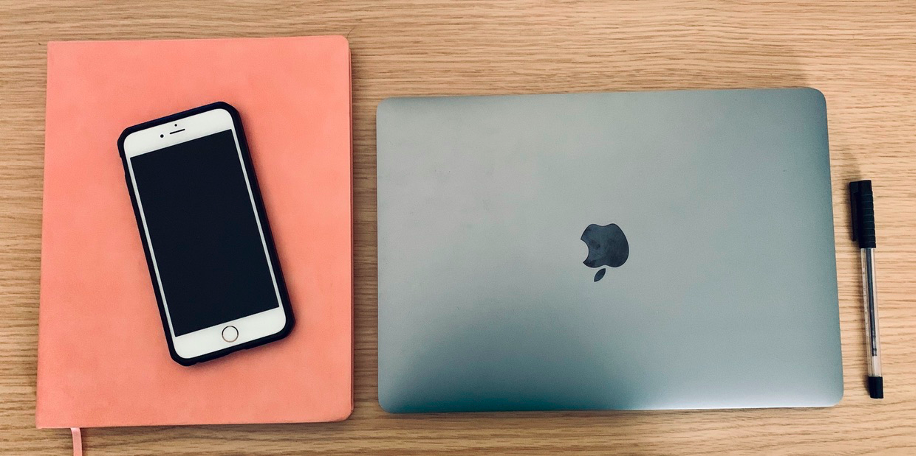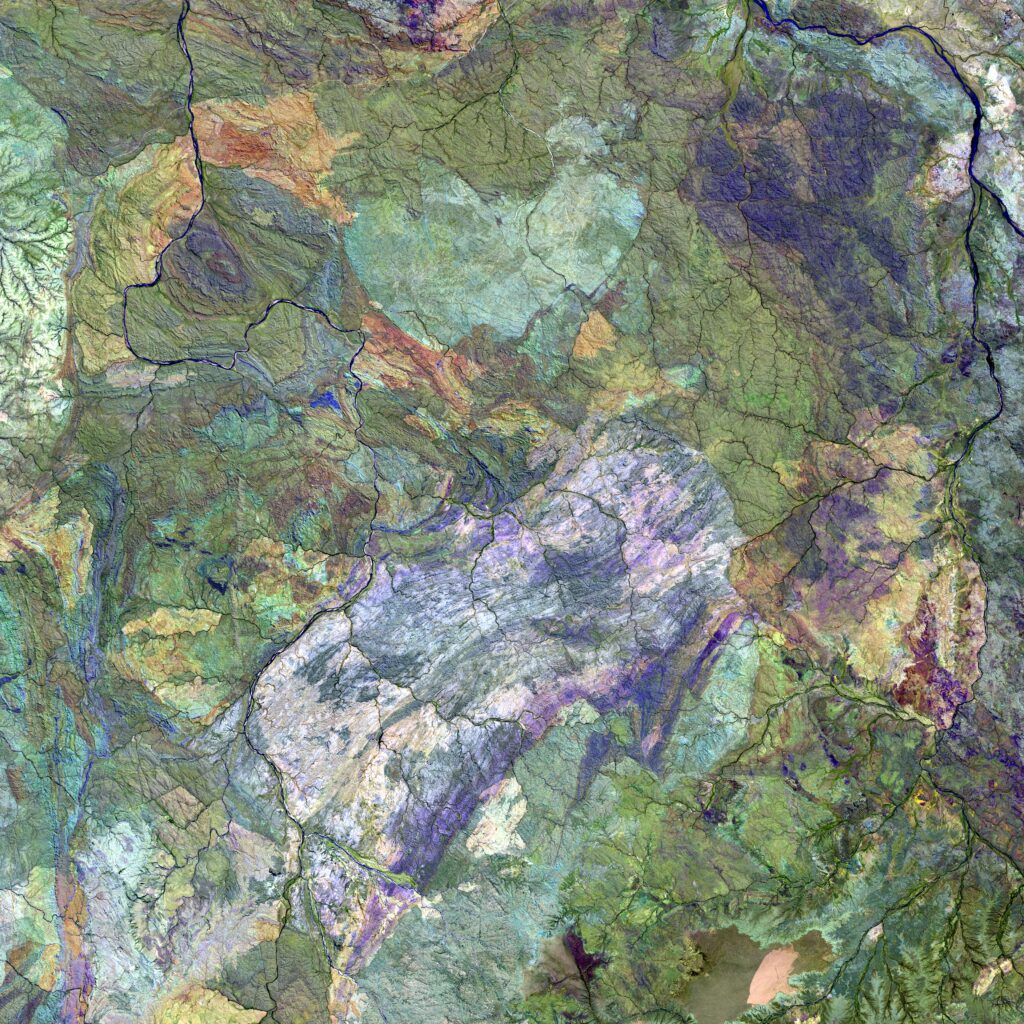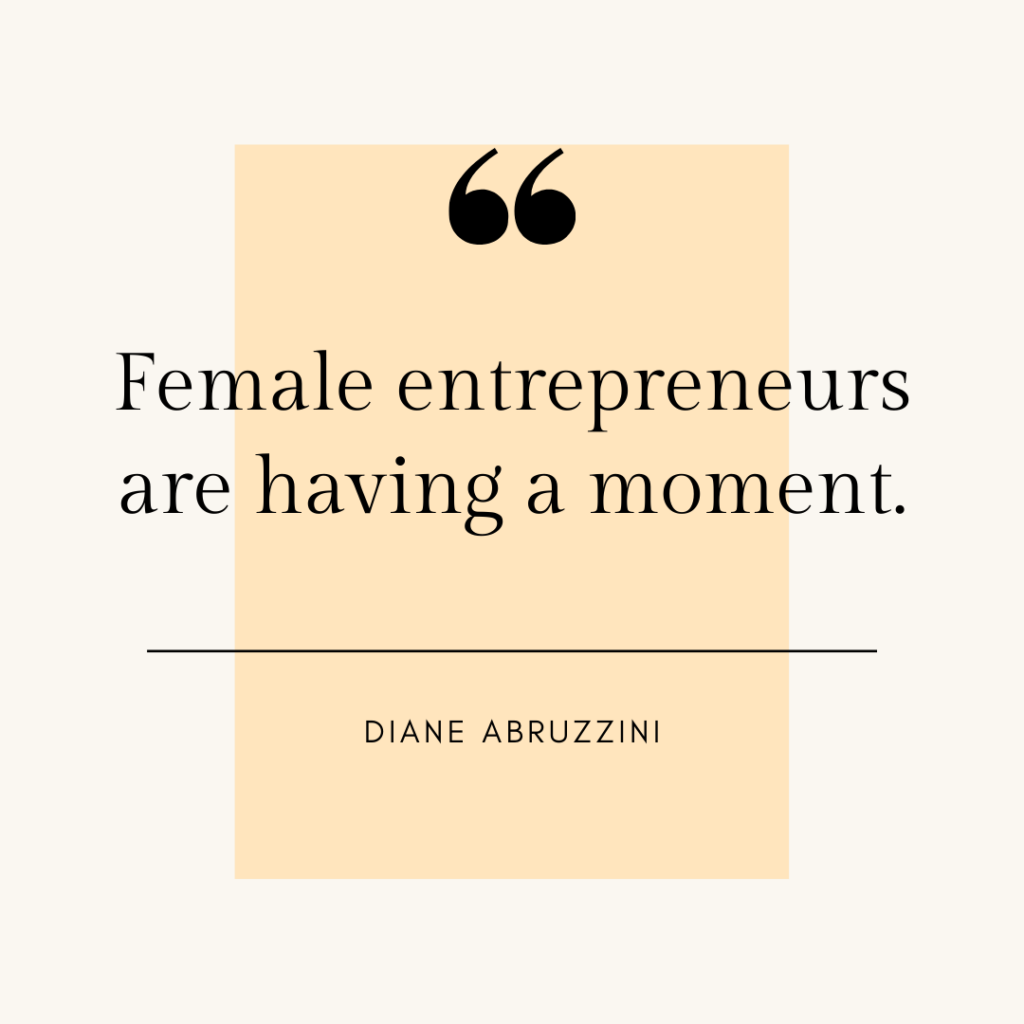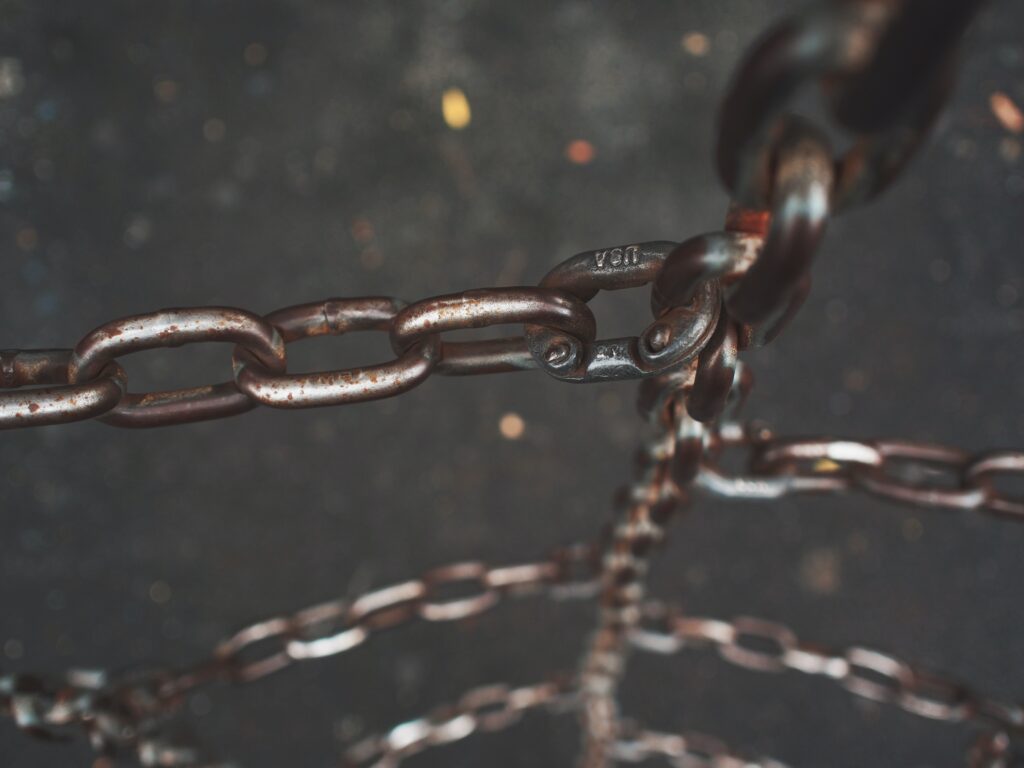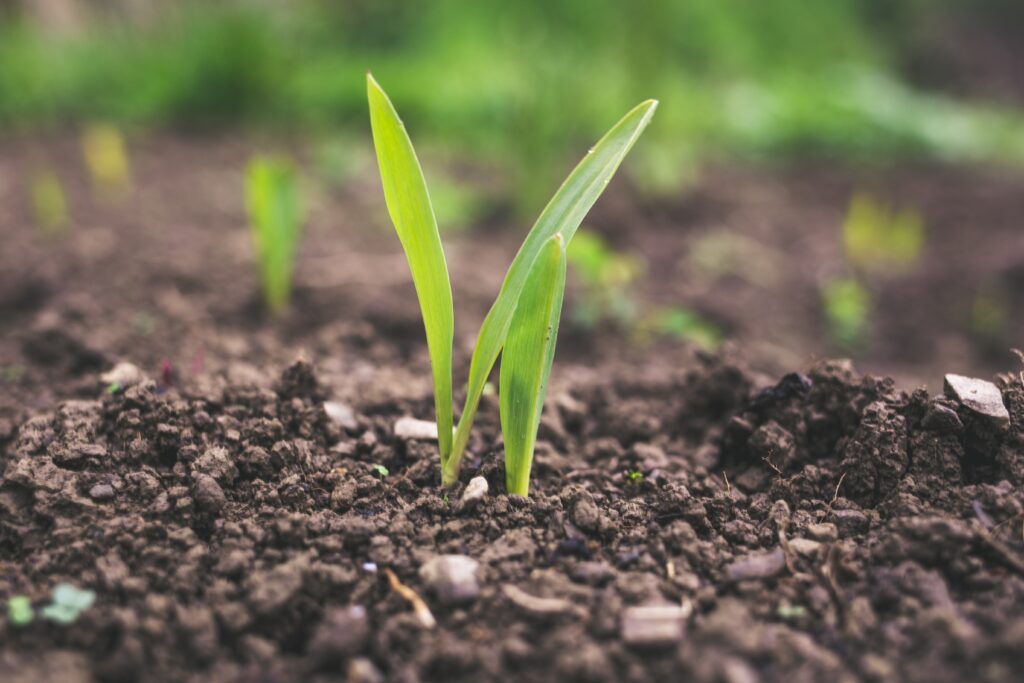This post was written by:
Vanessa Chumbley ’22
Managing Editor
Connect with Vanessa on LinkedIn
Carly Joos ’22
Digital Content Editor
Connect with Carly on LinkedIn
Welcome to the new Sustainable Innovation Review
After more than a year, The Sustainable Innovation Review is back! The 2021-2022 SI-MBA cohort is in the trenches of this one-year, intensive MBA program, but we chose to take on the added task of breathing new life into the program’s online journal.
Be prepared for interviews with SI-MBA guest speakers, professors, alumni, and other thought leaders; reflections on students’ unique experiences; and our thoughts on current events and the world around us.
Meet the SI-MBA Class of 2022
First, we want to introduce you to this years’ cohort. We come from a diverse set of backgrounds – spanning several countries and dozens of industries. Our cohort has experience in marketing, engineering, sustainability, public policy, non-profit work, the performing arts, teaching, food systems, and so much more. Our unique backgrounds bring dynamic conversations to the classroom every single day.
In discussions with classmates, this thought diversity and breadth of experience consistently comes up as a valuable aspect of the program. We learn from each other in addition to our professors. We are laying the foundation for our future careers and building our networks.
As SI-MBA student, Josie Brownell, put it:
“I feel really fortunate to be part of a cohort with such wide-ranging backgrounds and interests. Everyone came to SI-MBA for a different reason and holds a different interpretation of how sustainability can inform their career path. Module 1 was overwhelming, exciting, and at times incredibly frustrating, but it was also so fun to learn more about what each member of the cohort brings to the conversation of how to change business for good.”
Of the 47 cohort members, 40 responded to a short survey. Of those 40:
- 52.5% identify as female, 42.5% identify as male, 2.5% identify as non-binary, and 2.5% chose not to answer
- 60% are between the ages of 20 – 29, 32.5% are between the ages of 30 – 39, 5% are between the ages of 40 – 49, and 2.5% chose not to include their age
Prior to coming to SI-MBA, 35% of the cohort had never been to Vermont. Here’s what was keeping us busy:
- 2.5% were in the workforce for 16-20 years
- 7.5% were in the workforce for 11-15 years
- 35% were in the workforce for 6-10 years
- 52.5% were in the workforce for 0-5 years
- 2.5% were in an undergraduate degree program
Reflecting on Module 1
As of today, we’ve completed our second week of Module 2. Looking back on Module 1, our cohort braved its way through seven different courses. We honed our financial and analytical skills through courses such as Cost Models for the Transformational Enterprise, Business Economics, and Finance for Innovators I. We gained valuable teamwork skills through Teamwork for Sustained Innovation. We also broadened our perspectives and learned about radical, sustainable innovation through our courses in Entrepreneurial Family Business, Sustainable Brand Marketing and Business Strategy for a Sustainable World.
We asked the cohort which Module 1 class they predicted would be their favorite at the onset of the Module. The top three predictions were:
- Business Strategy for a Sustainable World
- Sustainable Brand Marketing
- Teamwork for a Sustained Innovation
We then asked which class actually ended up being their favorite, and the top three were:
- Business Strategy for a Sustainable World
- Sustainable Brand Marketing
- Cost Models for the Transformational Enterprise
The cohort spent the majority of our time in our three favorite courses – Business Strategy for a Sustainable World, Sustainable Brand Marketing, and Cost Models for the Transformational Enterprise. Marketing, business strategy, and cost modeling are fundamental courses in any MBA program and the SI-MBA program brings a sustainability lens to all three – emphasizing the importance of developing strategies and business models that support a triple bottom line, people, planet, and profit.
Cost Models for the Transformational Enterprise is a managerial accounting course that will enable us to make informed, strategic financial decisions in any job we take on in the future. Through this course we learned how to perform a breakeven analysis, analyze the profitability of various business units, identify cost drivers, and more. Cost Models equipped us with the skills to ensure that we can run profitable businesses that enable us to make a more scalable impact on people and the planet.
Sustainable Brand Marketing and Business Strategy for a Sustainable World challenged us to think critically about serving the other two elements of the triple bottom line approach – people and the planet. Both of these courses allowed us to explore real case studies about the challenges that companies such as Unilever, Boeing, Dow Chemical, and Novelis have faced on their quests to become more sustainable enterprises. Both courses also included group projects that lasted the entire module and encouraged us to think critically about real-world problems that businesses and society are facing in 2021.
Beyond our coursework, many of us have already been participating in case competitions and other extracurricular activities, and more of us will do so as we get further into the program. We’re excited to share all of this with you as we go, and we look forward to you getting to know us better throughout the year.
Stay connected with us by following SI-MBA on Instagram and checking this blog regularly. Thank you for joining us on this journey!


